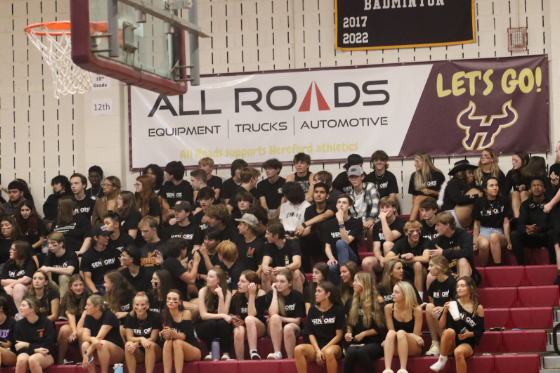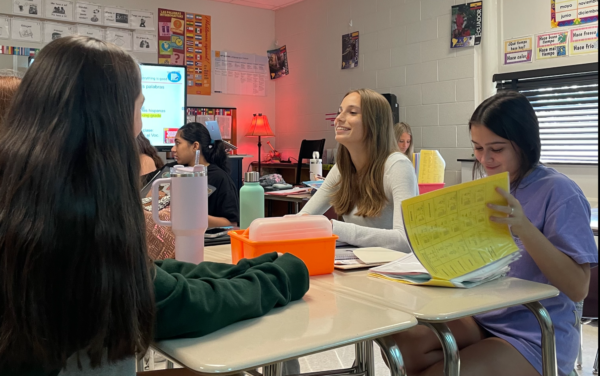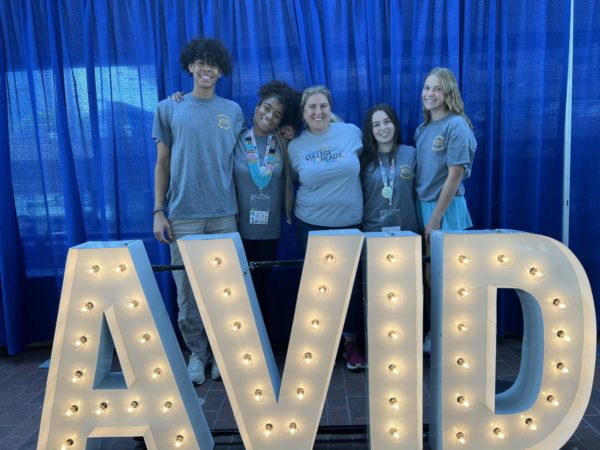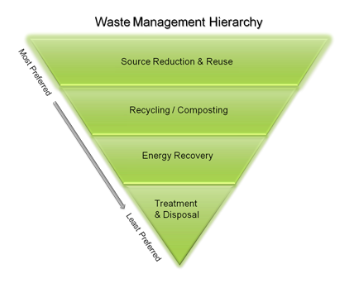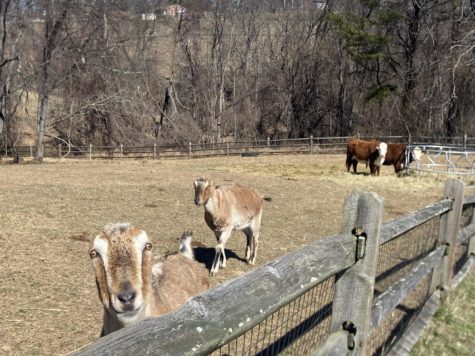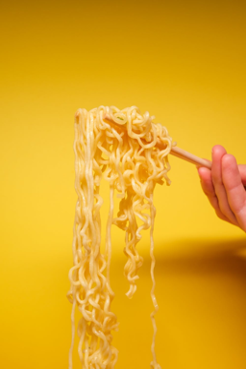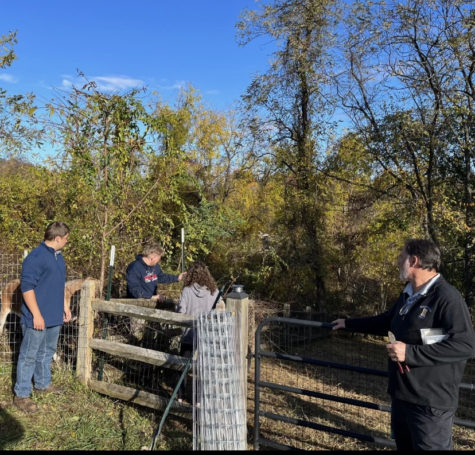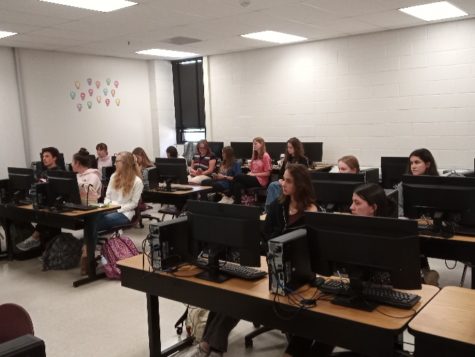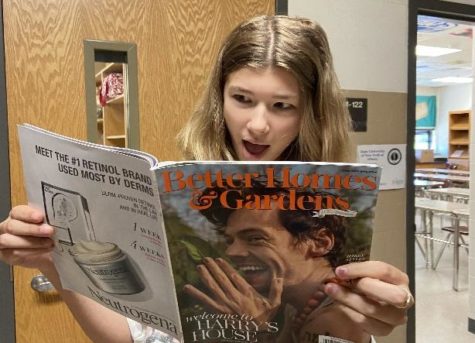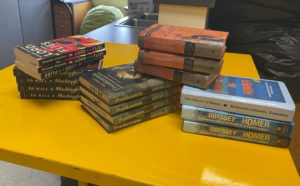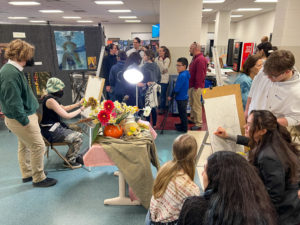Rainy summer causes a change in Maryland pumpkins
March 7, 2019
It’s the Great Pumpkin, Charlie Brown, Spookley the Square Pumpkin, Halloweentown.
When getting into the fall season, we watch movies that create a feel for the season. And what do all of these movies have in common to achieve that autumnal spirit? Pumpkins.
This past summer marked its rainiest season in years, and now Maryland is on track for a new annual rainfall record. There are many issues that come with this much rain, including outfit malfunctions (nothing a good Hunter boot can’t solve), limited outdoor activities, and, surprisingly, a stunt in pumpkin growth.
The unusually wet summer ended up drowning this year’s pumpkin crop, and the impacts are being felt school-wide.
“I went pumpkin picking at Baugher’s,” Ava Greenfield (’21) said. “There were definitely more pumpkins last year.”
Greenfield saw a difference in both quantity and size. According to her, “the pumpkins were either really big or really small.” Part of the reason for the wide range in sizes is because Maryland farmers are importing pumpkins in order to make some profit during the busy season.
APES Teacher Russell Drylie grew some pumpkins of his own this summer which were also affected by the rain.
“During the summer, our pumpkins were doing great. The vines looked great, the leaves looked great, they were blooming,” Drylie said. “Progressively, as the summer went along, they began to look almost as if they weren’t getting enough water. Eventually everything just kind of died on us.”
According to Drylie, the pumpkins were dying in response to their environmental conditions.
Rain is obviously essential to any plant’s growth, but these pumpkins weren’t receiving enough of it, even with the record amounts. Or were they?
“Their stems got incredibly woody,” Drylie said. “One of the reasons that the stems dried out is because the roots were so saturated with water that they drowned.”
Too much water will drown a plant, much like any other living organism. The pumpkins could not get the oxygen that they needed in order to survive and were suffocated from the bottom, similar to how humans react to a lack of oxygen.
“One of the big things with that oversaturated soil, especially for agricultural land, is that you might see the roots get waterlogged, and so it basically suffocates,” Drylie said. “If you are somebody who is growing agricultural crops that require a lot of water, then it can be very detrimental.”
Part of the reason for these major effects is that the root structure of the plants are designed to absorb large amounts of water, but when it’s too much, they can’t perform cellular respiration. Without this process they cannot get the nutrients and water that they need to survive and will die.
Pumpkins aren’t the only crop being affected by rain, either. According to Drylie, Maryland vineyards are seeing similar effects to their grapes, and it doesn’t look good moving forward.
“If we’re talking about native vegetation, it will definitely impact community relationships for the future,” Drylie said. “You’ll have a smaller population with that organism going forward.”
Drylie means that the mortality rate overtook the birth rate and the organism will no longer produce the amount of offspring that they did before.
There is also potential for other organisms to die out because of the pumpkins. If certain species of flies or other insects don’t have any other food sources to turn to, they will see declines in their own population as well.
This chain effect is detrimental scientifically, but the effects on pumpkins are detrimental in many aspects, including socially.
Without pumpkins, what are we supposed to carve? What can replace it as the symbol for the season? Apples are too small, gourds are too misshapen. There’s nothing quite like the satisfaction of pulling the insides out of the pumpkin and searching Pinterest for the perfect carving idea.
“Carving the pumpkin is a big Halloween tradition,” Greenfield said. “I think [fall] wouldn’t be as enjoyable.”
Grayce Little (‘22) agreed. “We’ve done it in my family for a while,” Little said. “Halloween’s not Halloween without pumpkins.”
Halloween relies heavily on pumpkins, but Thanksgiving does as well. Pumpkins are no strangers to the dining room table for Thanksgiving dinner, along with gourds and squash.
With the recent decline in pumpkins and their meager growth, may all your autumnal traditions still be fulfilled—big, orange, round pumpkins or not.



